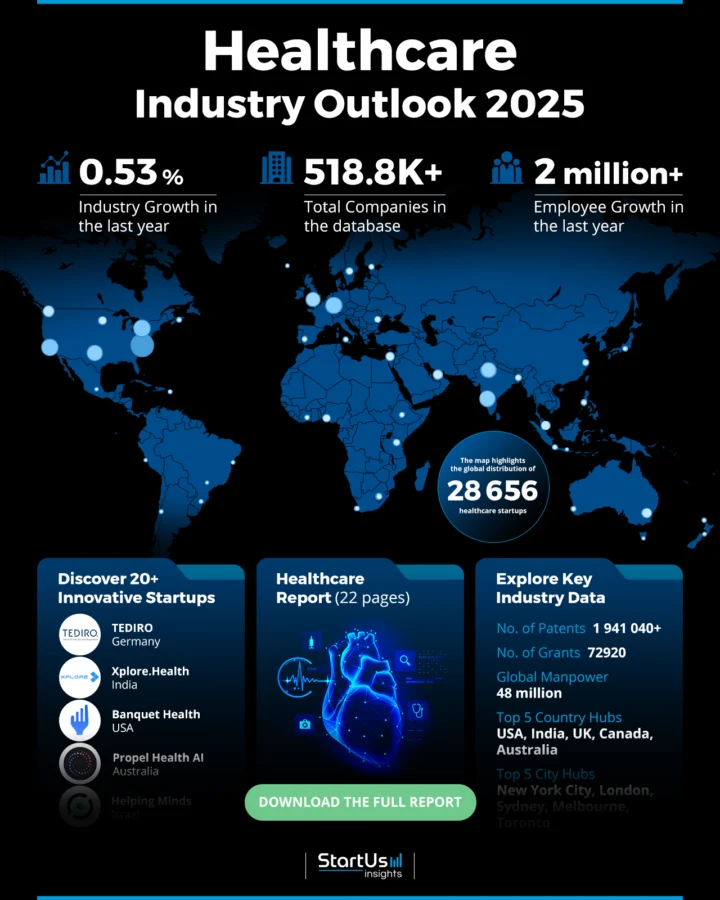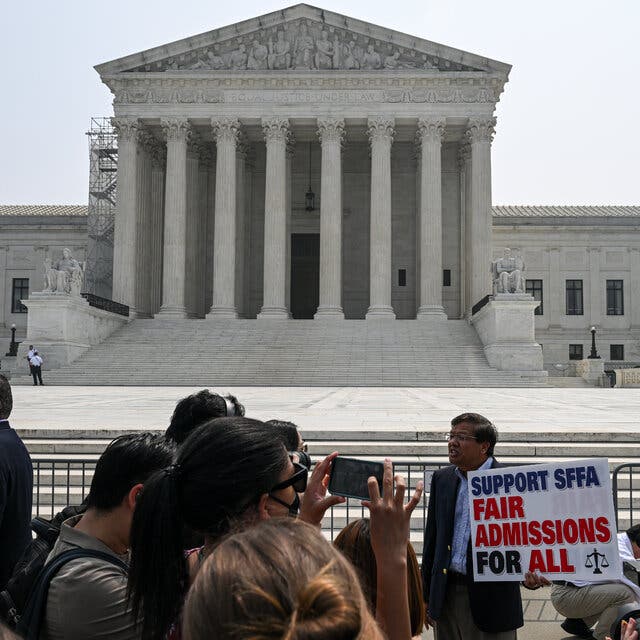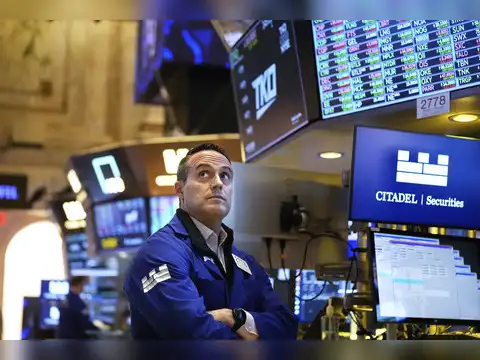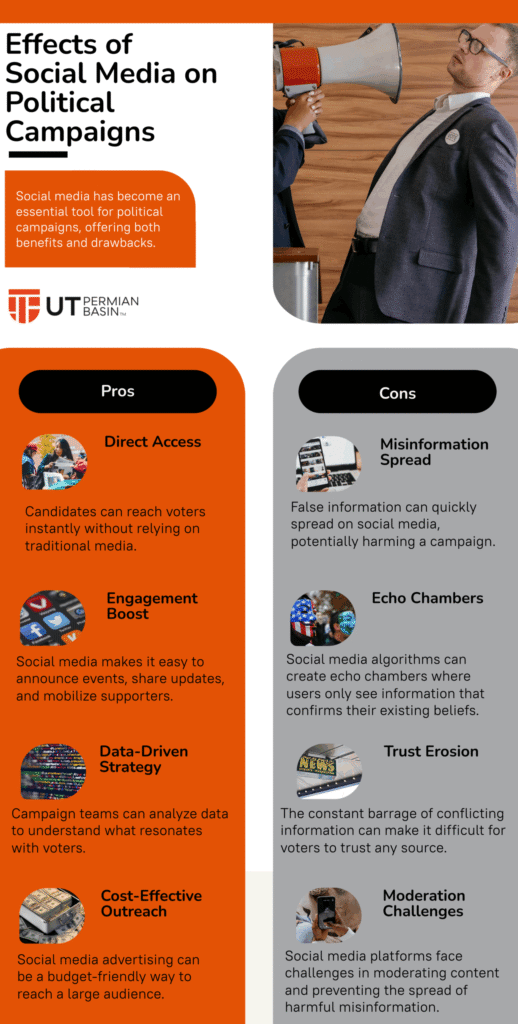1.Healthcare in the United States remains a dynamic landscape of ongoing debate, reform, and innovation. Rising costs, technological advancements, and evolving policies significantly impact every American. This document provides an overview of recent developments and their potential implications for the future.
The following key developments are shaping the current healthcare landscape:
1. Telehealth Expansion:
The COVID-19 pandemic significantly accelerated the adoption and utilization of telemedicine.
Patients now benefit from increased access to healthcare professionals from the comfort of their homes, particularly for routine checkups, mental health consultations, and chronic disease management.
Insurers and healthcare providers are actively working to refine reimbursement models and improve accessibility to telehealth services.
2. Rising Healthcare Costs:
Despite ongoing efforts to control and reduce healthcare expenses, costs continue to rise.
Prescription drug prices, hospital services, and insurance premiums are all experiencing upward trends, placing a significant financial burden on individuals and employers alike.
Policymakers are currently engaged in debates surrounding price transparency and potential drug pricing reforms to address this critical issue.
3. Mental Health Awareness:
Mental health is finally receiving much-needed attention and prioritization.
Employers, schools, and communities are increasing investments in mental health programs and resources.
The increased awareness surrounding mental health has contributed to a reduction in stigma. However, access to affordable mental health care remains a significant challenge in many areas.
4. Artificial Intelligence (AI) in Healthcare:
AI is playing an increasingly important role in various aspects of healthcare.
Its applications include improving diagnostic accuracy, streamlining administrative tasks, and personalizing treatment plans.
Tools ranging from predictive analytics to AI-powered chatbots are enhancing efficiency within the healthcare system. However, the increasing use of AI also raises important questions about data privacy and the need for appropriate regulations.
5. Policy and Coverage Shifts:
Ongoing debates and discussions surrounding the Affordable Care Act (ACA), Medicaid expansion, and potential changes to Medicare continue to have a substantial impact on millions of Americans.
While several states are actively working to expand healthcare coverage, others remain hesitant, resulting in significant disparities in access to care across the country.
Future Outlook
These recent developments suggest several potential trends for the future of healthcare in the United States:
Continued Growth of Telehealth: Telemedicine is likely to remain a significant component of healthcare delivery, offering increased convenience and access for patients.
Focus on Cost Containment: Addressing rising healthcare costs will remain a top priority for policymakers, insurers, and healthcare providers.
Increased Integration of AI: AI and machine learning will likely play an even larger role in shaping healthcare, from diagnostics and treatment to administrative efficiency.
Emphasis on Value-Based Care: The shift towards value-based care models, which prioritize patient outcomes and cost-effectiveness, is expected to continue.
Evolving Policy Landscape: The future of healthcare coverage and access will depend heavily on ongoing policy debates and potential reforms at both the state and federal levels.
The healthcare landscape in the United States is complex and constantly evolving. Understanding these recent developments and their potential implications is crucial for navigating the future of healthcare and ensuring access to quality, affordable care for all Americans.

2.Analyzing the Impact of Recent Supreme Court Decisions on American Society
The U.S. Supreme Court plays a crucial role in shaping American society, influencing laws, cultural norms, economic policies, and the balance of power. Recent decisions have sparked significant debate and raised critical questions about rights, freedoms, and the future of democracy. Here’s a detailed examination of their impact:
1. Affirmative Action in Education:
The Ruling: The Supreme Court’s decision to limit race-conscious admissions in colleges has fundamentally altered higher education.
Supporting Arguments: Proponents argue the ruling promotes fairness and merit-based admissions.
Opposing Arguments: Critics express concern that it will decrease campus diversity and limit opportunities for underrepresented communities.
Impact: Universities are now exploring alternative strategies to maintain inclusive student bodies.
2. Student Loan Forgiveness:
The Ruling: The Court’s decision to block broad federal student loan forgiveness has directly impacted millions of borrowers.
Impact: Many Americans will continue carrying substantial debt burdens.
Renewed Debate: The ruling has reignited discussions about the government’s role in addressing the student debt crisis and its impact on economic mobility.
3. LGBTQ+ Rights and Free Speech:
The Ruling: A recent decision involving business owners and LGBTQ+ rights highlighted the complex interplay between anti-discrimination protections and free speech.
Differing Perspectives: Some view the ruling as upholding individual freedoms, while others consider it a setback for LGBTQ+ rights and equality.
Cultural Divide: This decision underscores the ongoing cultural divide within the country.
4. Environmental Regulations:
The Ruling: The Supreme Court’s decisions have limited the federal government’s authority to enforce broad climate regulations.
Impact on Climate Change: This has significant implications for combating climate change, shifting more responsibility to state and local governments.
Conflicting Views: Critics argue this weakens national efforts, while supporters believe it curbs federal overreach.
5. Voting and Election Laws:
The Ruling: Recent rulings on redistricting and election laws have profound consequences for voting rights.
Impact on Minority Voters: While some decisions have protected minority voters from gerrymandering, others have faced criticism for making it harder to challenge unfair electoral maps.
Influence on Elections: These rulings will directly impact the political landscape in future elections.
Conclusion:
These recent Supreme Court decisions have far-reaching consequences for American society, impacting education, personal finance, civil rights, environmental policy, and the democratic process itself. The rulings have sparked intense debate and highlighted fundamental disagreements about the role of the Court, the balance between individual liberties and societal interests, and the direction of the nation. The long-term effects of these decisions will continue to unfold in the years to come.

3.Key Takeaways from the Latest Economic Data: What It Means for Everyday Americans
The U.S. economy is constantly changing, and new data releatses provide insights into its current state and future trajectory. These economic indicators have tangible effects on the lives of everyday Americans, impacting jobs, wages, and the cost of living. Here’s a breakdown of the key takeaways from the latest economic data and their practical implications:
1. Inflation:
Easing but Still Present: While inflation has slowed compared to last year, prices remain elevated compared to pre-pandemic levels.
Impact: Groceries and housing costs continue to strain household budgets, although the sharp price increases of the past two years are moderating.
2. Job Market:
Strong Growth: Unemployment is low, and job creation continues at a steady pace, particularly in healthcare, technology, and construction.
Impact: Increased job opportunities and potential for better wages for workers. However, some industries, notably tech and retail, are experiencing layoffs.
3. Wages vs. Cost of Living:
Lagging Behind: Wage increases haven’t kept pace with inflation, leaving many Americans feeling financially stretched.
Impact: Reduced purchasing power, especially noticeable in housing, childcare, and medical expenses where costs are outpacing income growth.
4. Consumer Spending:
Holding Steady: Despite higher prices, consumer spending remains relatively robust.
Impact: Families are using savings or credit to maintain their lifestyles, indicating resilience but also raising concerns about increasing household debt.
5. Housing Market:
Ongoing Challenges: High mortgage rates create barriers for first-time homebuyers.
Impact: Home prices have cooled slightly in some areas but remain generally high. Renters face continued pressure with rents above pre-pandemic levels.
6. Stock Market & Retirement Savings:
Recovery with Volatility: The stock market shows signs of recovery, benefiting retirement accounts and investments.
Impact: Market volatility persists, requiring caution regarding short-term fluctuations and emphasizing the importance of long-term financial planning.

4.Social Media Influencers in Politics: A New Era of Engagement
The intersection of politics and social media has evolved significantly. While established politicians have utilized platforms like Twitter, Facebook, and Instagram to connect with voters, a new force has emerged: social media influencers. Their increasing influence in shaping public opinion and driving engagement marks a shift in how political messages are disseminated and received.
The Rise of Political Influencers
Social media influencers, individuals with substantial and dedicated followings, are no longer limited to lifestyle, beauty, or entertainment niches. A growing number are actively engaging with political topics, leveraging their platforms to discuss issues such as:
Social Justice
Climate Change
Voting Rights
Policy Issues
Some influencers consciously align with specific campaigns, while others simply utilize their reach to promote civic participation.
The Importance of Influencers in Politics
1. Direct Audience Access:
Influencers can bypass traditional media outlets and communicate directly with their followers. This direct connection enhances their credibility, particularly in mobilizing younger demographics who may be skeptical of mainstream political messaging.
2. Trust and Relatability:
Unlike traditional politicians, influencers are often perceived as more relatable. Their audiences trust them not only for their opinions but also for the personal connections they cultivate through regular content.
3. Increased Political Participation:
Influencers help integrate politics into everyday conversations. By presenting issues in accessible and engaging formats, they stimulate dialogue among individuals who might not typically engage in political discourse.
Key Legislative Changes in the Current Congress
The U.S. Congress has been actively passing legislation with far-reaching implications for the economy, healthcare, technology, and the environment. Despite ongoing bipartisan debates, several measures stand out for their significance and scope. Here’s a summary of the most important legislative changes from the current session:
1. Healthcare Reforms
Congress has implemented policies aimed at lowering prescription drug costs and broadening healthcare access. Key changes include:
Medicare Drug Price Negotiation: New rules on price negotiation for Medicare-covered drugs are intended to provide financial relief to senior citizens.
Expanded Rural Healthcare Access: Funding has been allocated to improve healthcare access in rural areas.
Increased Mental Health Support: Mental health has been prioritized, with new investments in counseling services for schools and communities.
2. Climate and Energy Legislation
Climate policy remains a key focus, with Congress passing measures to incentivize renewable energy and reduce carbon emissions. These measures include:
Electric Vehicle Tax Credits: Tax credits are being offered to encourage the adoption of electric vehicles.
Renewable Energy Subsidies: Subsidies are being provided for solar and wind energy projects.
Stricter Emissions Regulations: Regulations on emissions have been tightened to accelerate the transition to cleaner energy sources.
